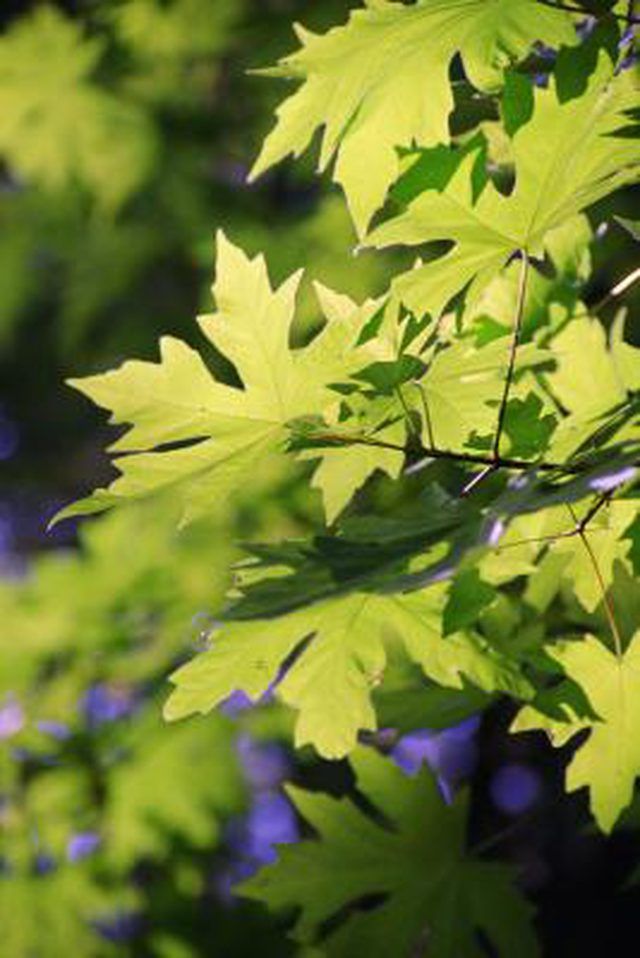Bulbs
Flower Basics
Flower Beds & Specialty Gardens
Flower Garden
Garden Furniture
Garden Gnomes
Garden Seeds
Garden Sheds
Garden Statues
Garden Tools & Supplies
Gardening Basics
Green & Organic
Groundcovers & Vines
Growing Annuals
Growing Basil
Growing Beans
Growing Berries
Growing Blueberries
Growing Cactus
Growing Corn
Growing Cotton
Growing Edibles
Growing Flowers
Growing Garlic
Growing Grapes
Growing Grass
Growing Herbs
Growing Jasmine
Growing Mint
Growing Mushrooms
Orchids
Growing Peanuts
Growing Perennials
Growing Plants
Growing Rosemary
Growing Roses
Growing Strawberries
Growing Sunflowers
Growing Thyme
Growing Tomatoes
Growing Tulips
Growing Vegetables
Herb Basics
Herb Garden
Indoor Growing
Landscaping Basics
Landscaping Patios
Landscaping Plants
Landscaping Shrubs
Landscaping Trees
Landscaping Walks & Pathways
Lawn Basics
Lawn Maintenance
Lawn Mowers
Lawn Ornaments
Lawn Planting
Lawn Tools
Outdoor Growing
Overall Landscape Planning
Pests, Weeds & Problems
Plant Basics
Rock Garden
Rose Garden
Shrubs
Soil
Specialty Gardens
Trees
Vegetable Garden
Yard Maintenance
How to Spray Tree Branches
How to Spray Tree Branches. Broad-spectrum insecticides or pesticides are formulated to kill many kinds of pests with the use of one product. Concentrated products are much less expensive to use than non-concentrated products and can be applied with a compression garden sprayer. Spray tree branches with an insecticide or pesticide when little wind...

Broad-spectrum insecticides or pesticides are formulated to kill many kinds of pests with the use of one product. Concentrated products are much less expensive to use than non-concentrated products and can be applied with a compression garden sprayer. Spray tree branches with an insecticide or pesticide when little wind is present; otherwise, the spray will drift. Wear the correct protective gear to prevent the product from getting on your skin and causing irritation.
Things You'll Need
Long-sleeved shirt
Long pants
Socks
Enclosed-toe shoes
Safety glasses
Waterproof gloves
Hardhat or other protective, waterproof headgear
Compression garden sprayer
Garden hose
Pesticide/insecticide concentrate
Plastic measuring spoon
Put on a long-sleeved shirt, long pants, socks, enclosed-toe shoes, safety glasses and waterproof gloves. Wear a hardhat or other protective headgear that is waterproof. Pesticide and insecticide chemicals cause irritation to skin and mucous membranes. So all areas of your body should be protected from them.
Open the lid of a compression garden sprayer counterclockwise and remove it. Add water from a garden hose to the sprayer tank's one-half full mark.
Add pesticide or insecticide concentrate to the sprayer tank by using a plastic measuring spoon and by following the amount to use listed on the pesticide's or insecticide's label directions.
Pick up the sprayer tank, and swirl it in a circle while filling the tank to its full mark with water from the garden hose.
Screw the lid clockwise onto the garden sprayer. Pump the handle on top of the sprayer. Pumping the handle adds air pressure to the sprayer's contents.
Walk to the tree that needs the pesticide or insecticide treatment. Stand just beyond the tree's drip line to avoid chemical runoff onto yourself. The drip line is below the tips of the tree's outermost branches. Squeeze the application wand on the sprayer to dispense the pesticide.
Spray the tree's canopy from its highest point, including all branches and leaves, to the areas directly in front of you. Apply the spray to all sides of branches and leaves.
Move to one side, and spray the tree in the same manner as before to wet all its surfaces thoroughly with the spray. Continue to move and spray until you are standing at the point where you started spraying the tree. The starting point of coverage should be visible by the spray's moisture on branches and leaves.
Walk around the tree slowly as you spray the tree's entire trunk, starting at the top from which the lowest branches attach and working down to the ground.
Tips & Warnings
Spray pesticide on the forks of branches and the whole circumference of each branch for thorough coverage that will not allow pests to find an area to invade the tree.
Treat tree branches and trees with pesticide when no chance of rain is forecast for at least two hours. Pesticide needs to dry in order to become waterproof.
Identify a tree pest and purchase a treatment product with a label stating that it is effective on that specific pest. Follow all directions stated on the manufacturer's label for the product's use, disposal and storage. Respray a tree at the intervals listed in the directions to eradicate pests.
A small, handheld garden sprayer provides the reach sufficient to spray a small tree's branches.
Do not allow chemical drift to enter ponds or drainage areas. Most chemicals are not approved for use around fish and can be slightly to very toxic.
Spraying fruit trees for pests while the trees are in bloom can discourage bees from pollination and prevent a harvest of fruit.